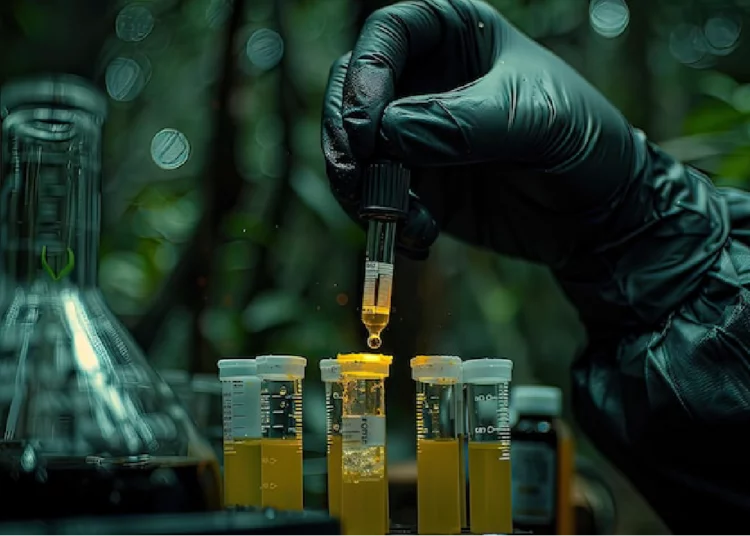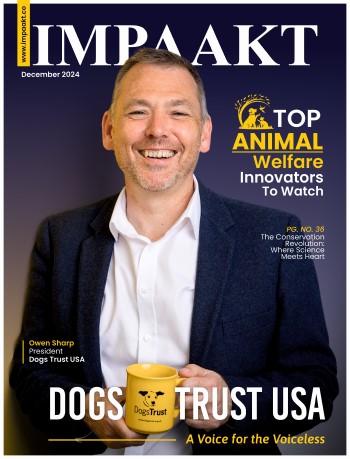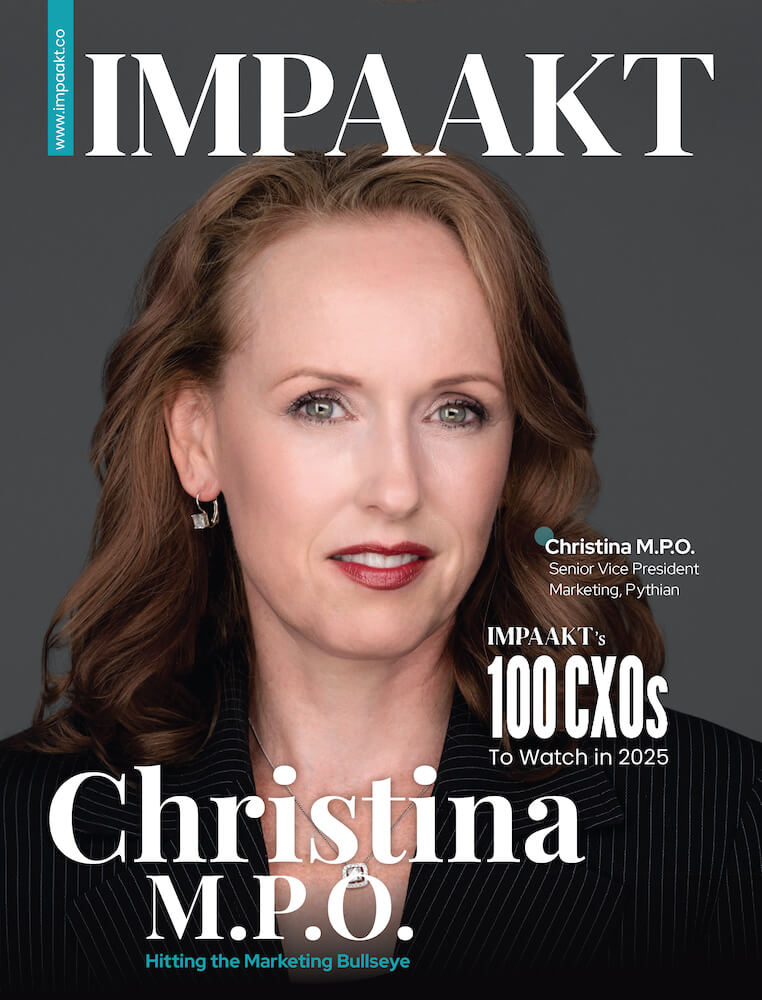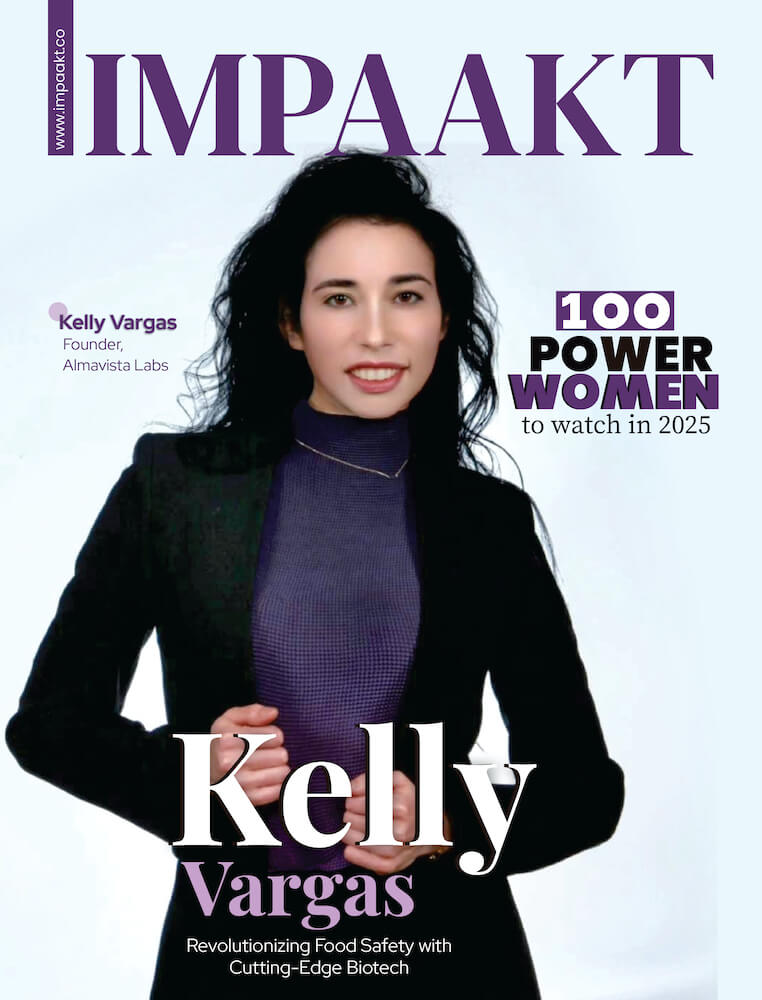The antimicrobial materials industry is experiencing unprecedented growth, driven by a heightened focus on hygiene post-pandemic. Customers in plastics, coatings, textiles, fabrics, and ceramics sectors now prioritize sustainability and health over aesthetics. This shift has spurred manufacturers to innovate, developing antimicrobial materials that are generating significant growth opportunities. Frost & Sullivan forecasts a robust CAGR of 14.7% for the industry from 2023 to 2030, projecting the global market to reach $61 billion by the end of this period.
Technological advancements are making antimicrobial materials more effective, accessible, and affordable. These materials are increasingly used across various industries. In healthcare, antimicrobial materials are revolutionizing packaging, medical devices, and hospital utilities. In food packaging, they are gaining traction in regions with high consumption of meats and fresh produce. In textiles, antimicrobial fabrics are in demand for medical textiles, functional clothing, and household items like curtains and mattresses. Films and coatings with antimicrobial properties are enhancing existing materials across industries without significant manufacturing changes.
“Cross-industry collaboration is crucial as each market has unique dynamics and regulatory requirements. Collaborative efforts can streamline R&D, manufacturing, and distribution processes, resulting in innovative antimicrobial solutions with broad applications,” highlights Dr. Brian Balmer, Growth Expert at Frost & Sullivan
With major manufacturers like Avient, Sarex, Ultra Fresh, and NIChem concentrating on particular niches, the market is extremely competitive. There will be major developments and increased competition in this decade. Frost & Sullivan expects additive companies and end-user industries to work closely together. These kinds of alliances are essential as every market has different dynamics and legal needs. Collaborative efforts can streamline R&D, manufacturing, and distribution, resulting in innovative antimicrobial solutions with broad applications. Antimicrobial plastics, dominated by silver-ion technology, and textiles, expected to grow at 19.2% CAGR, are leading the way. Industry partnerships, such as Biocote’s co-branding initiatives, highlight the benefits of collaborative efforts in producing top-tier antimicrobial solutions.











